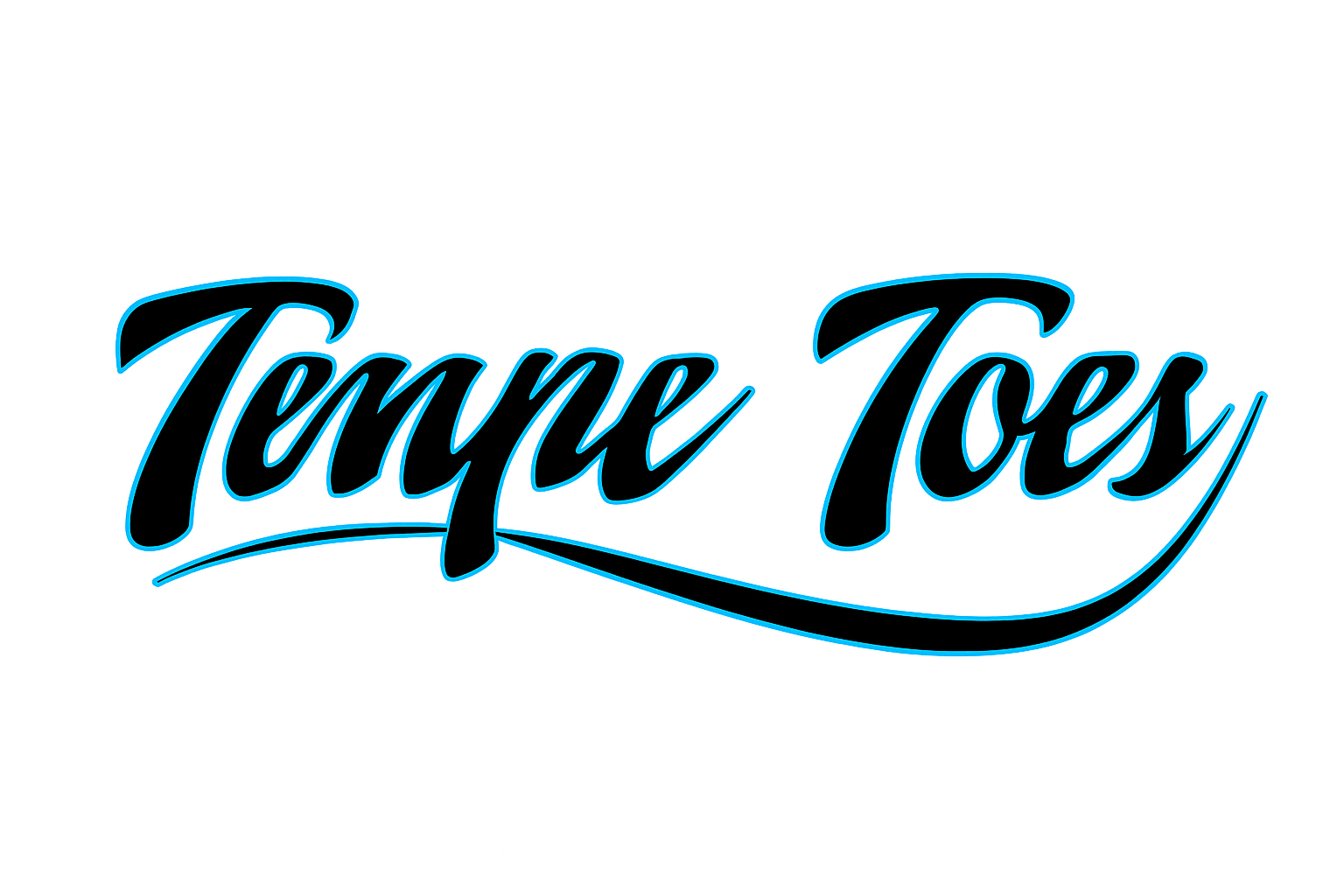Imagine a world where precision meets innovation, transforming industries in ways we once considered the stuff of science fiction. Welcome to the realm of Lidarmos technology. This cutting-edge solution is redefining how we perceive and interact with our environment. From mapping landscapes to enhancing autonomous vehicles, Lidarmos is not just a trend; it’s paving the way for significant advancements across various sectors.
As businesses strive for greater efficiency and accuracy, understanding Lidarmos becomes imperative. Its potential stretches far beyond traditional methods, opening doors to numerous applications that can revolutionize how we work and live. Let’s dive deeper into this fascinating technology that promises to reshape our future!
How Lidarmos works and its applications
Lidarmos operates by harnessing advanced technology to capture and analyze extensive data streams. It relies on specialized sensors that gather real-time information, making it adaptable across various environments.
The core of Lidarmos lies in its ability to create high-resolution maps through laser scanning. This method allows users to visualize complex landscapes with remarkable precision.
Applications are vast and versatile. In agriculture, farmers utilize Lidarmos for crop monitoring and yield estimation, enhancing productivity and resource management.
Urban planners benefit from its capabilities for infrastructure development. By mapping out cityscapes accurately, they can simulate changes before implementation.
Additionally, industries like forestry use Lidarmos for assessing tree health or tracking deforestation patterns. The tool’s flexibility makes it invaluable in numerous sectors looking to innovate their processes.
Advantages of using Lidarmos over traditional methods
Lidarmos technology offers significant advantages compared to traditional methods. Its ability to capture high-resolution 3D data is a game changer. This precision enables detailed analysis and mapping that conventional techniques cannot match.
Speed is another key benefit. Lidarmos systems collect vast amounts of information quickly, reducing project timelines dramatically. Businesses can achieve results faster, leading to improved productivity.
Moreover, Lidarmos enhances safety in various applications. By using remote sensing capabilities, operators can assess environments without putting themselves at risk. This is particularly valuable in hazardous locations or during disaster response situations.
Cost-effectiveness also stands out with Lidarmos integration. Although initial setup costs may be higher, the long-term savings from efficiency and reduced manpower make it an attractive option for many industries.
Adaptability sets Lidarmos apart. It seamlessly integrates into existing workflows across diverse sectors such as agriculture, construction, and environmental monitoring.
Real-world examples of successful implementation
Companies across various sectors have successfully integrated Lidarmos technology, showcasing its versatility.
In agriculture, farmers use Lidarmos to create detailed 3D maps of their fields. This data helps them optimize planting patterns and improve crop yields.
The construction industry also benefits from this innovation. Builders employ Lidarmos for accurate site surveys. It allows them to detect potential issues before they arise, saving time and resources.
In urban planning, city officials harness the power of Lidarmos for traffic analysis. By understanding vehicle flow better, they can make informed decisions about infrastructure improvements.
Even in environmental conservation, researchers utilize Lidarmos to monitor forest health. They can track changes over time with precision and develop strategies accordingly.
These examples highlight how diverse industries are leveraging Lidarmos technology effectively to address specific challenges and enhance operational efficiency.
Challenges and limitations of Lidarmos
Lidarmos technology, while promising, faces several challenges that can hinder its widespread adoption. One major limitation is the cost of implementation. High initial investments may deter smaller businesses from integrating this advanced system.
Another challenge lies in data integration. Many organizations struggle to merge Lidarmos outputs with existing software and workflows seamlessly. This can lead to inefficiencies and a loss of potential benefits.
Additionally, environmental factors like weather conditions can affect performance. Rain or fog may interfere with accuracy, necessitating further improvement in sensor technology.
User training is also essential but often overlooked. Properly understanding how to operate Lidarmos systems requires time and resources that some companies might not have readily available.
Regulatory hurdles exist in various industries where compliance must align with new technologies like Lidarmos, potentially slowing down progress even more.
The future of Lidarmos and potential advancements
The future of Lidarmos technology is brimming with possibilities. As research and development continue, we can expect significant enhancements in its accuracy and efficiency.
Innovations in sensor design may lead to lighter, more compact devices that are easier to deploy across various environments. This could expand the user base significantly, making it accessible for smaller businesses as well.
Artificial intelligence integration will likely play a pivotal role too. Machine learning algorithms could optimize data processing, enabling faster decision-making based on real-time insights.
Moreover, advancements in connectivity—like 5G—could enhance Lidarmos’ operational capabilities. Seamless communication between devices may allow for comprehensive monitoring over vast areas.
The potential applications are extensive—from environmental monitoring to smart city planning. Each new breakthrough brings us closer to unlocking the full power of this transformative technology.
Conclusion: Embracing the power of Lidarmos in various industries
The rise of Lidarmos technology marks a significant turning point for many industries. Its ability to provide accurate, efficient, and real-time data collection is reshaping how businesses operate. Companies are increasingly recognizing the advantages that Lidarmos offers over traditional methods—whether it’s in improving safety standards or enhancing project efficiency.
As more organizations adopt this innovative approach, we can expect to see further advancements and applications emerge. The challenges present today will likely pave the way for solutions that enhance its effectiveness even more.
Embracing Lidarmos not only means staying ahead of the competition but also contributing to a smarter and more sustainable future across multiple sectors. With continued investment in research and development, the potential for Lidarmos seems boundless as it continues to unlock new possibilities every day.






